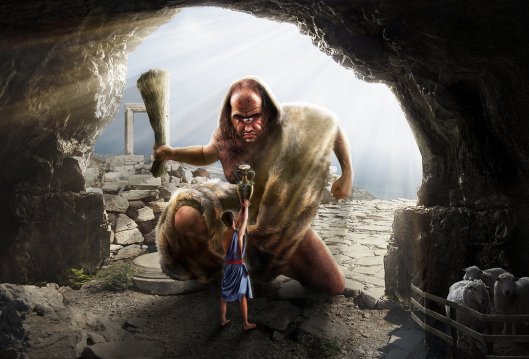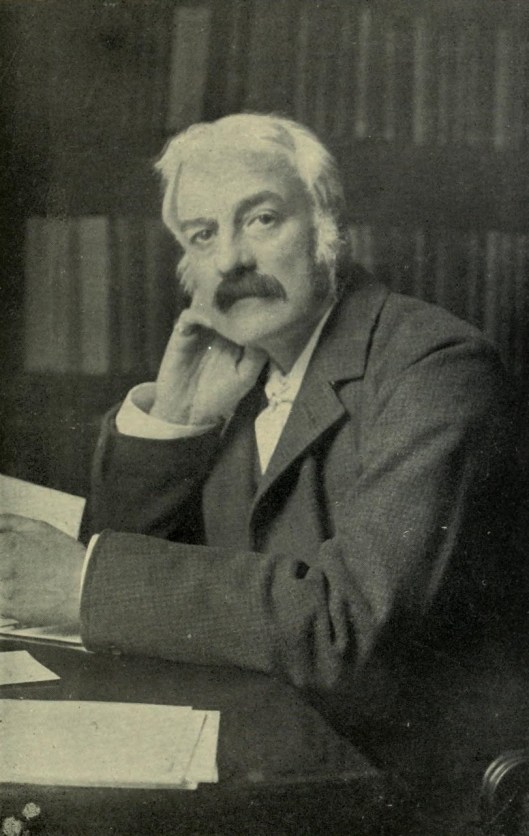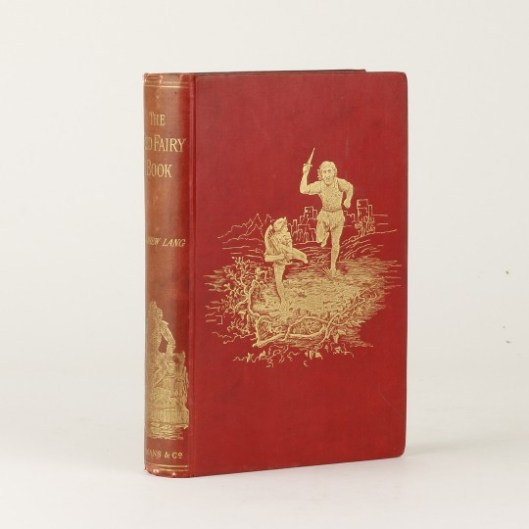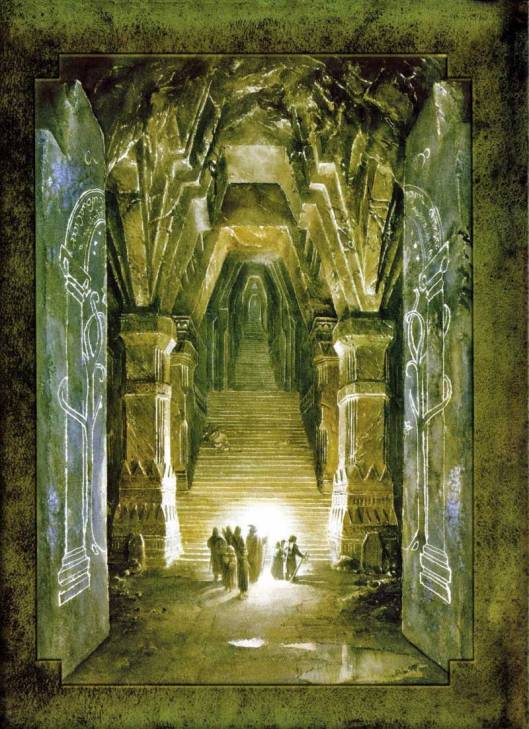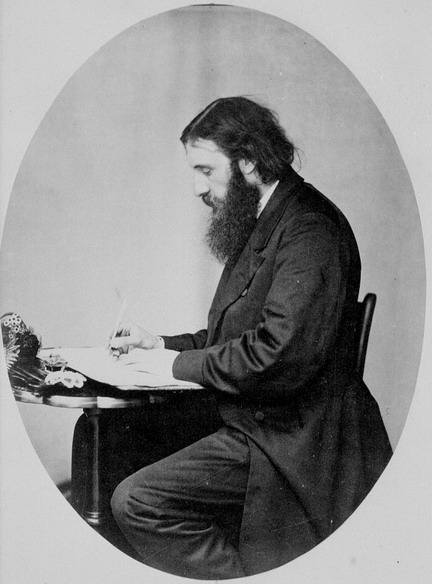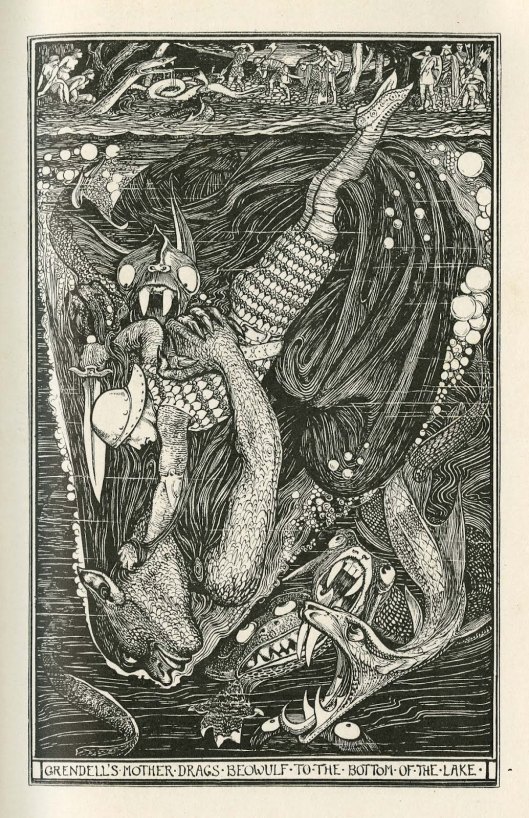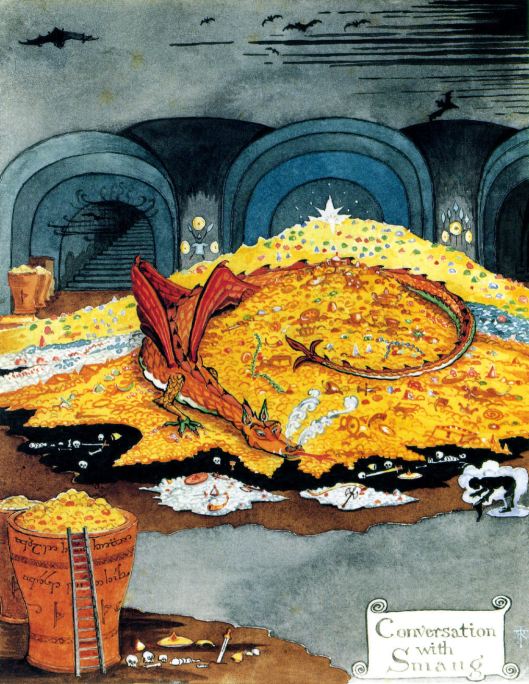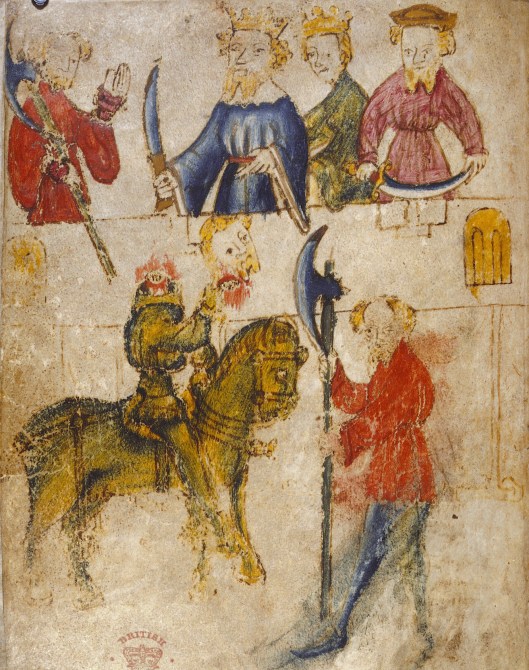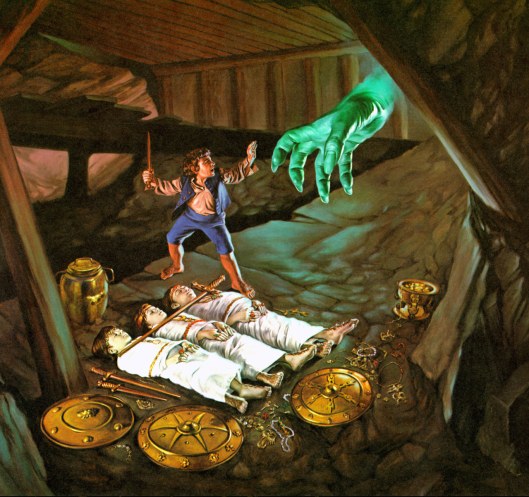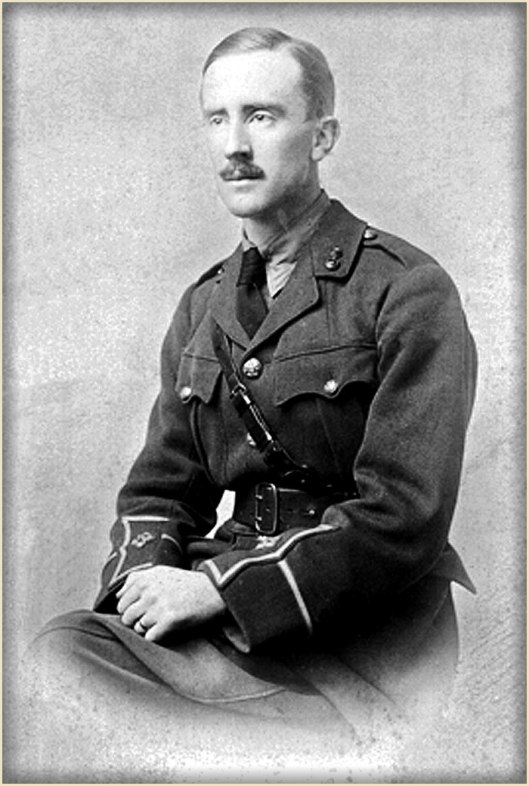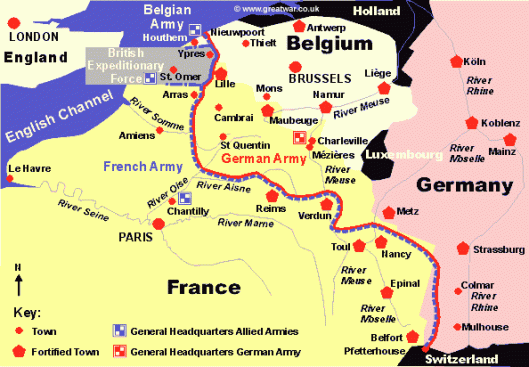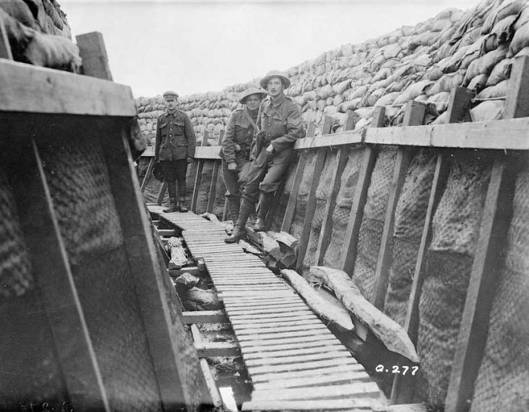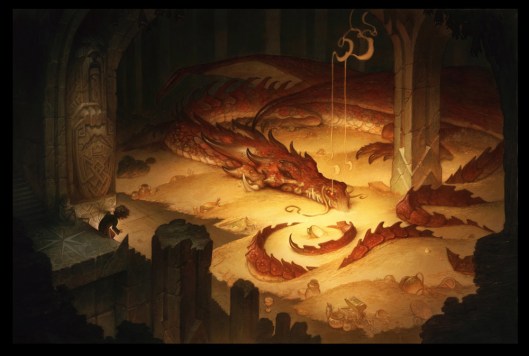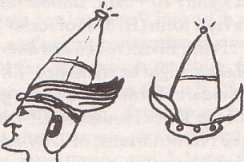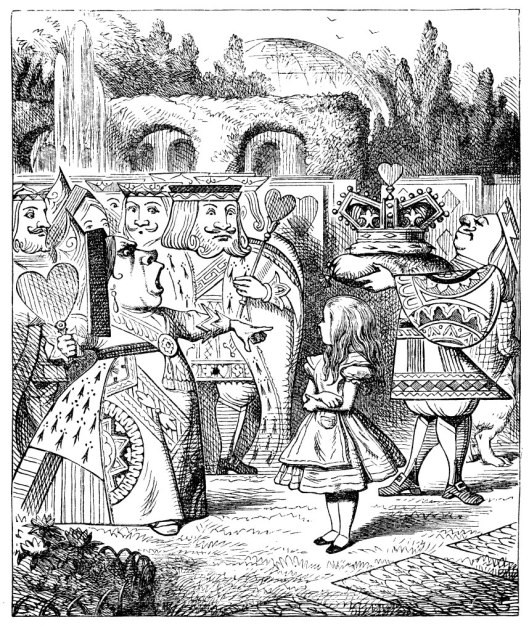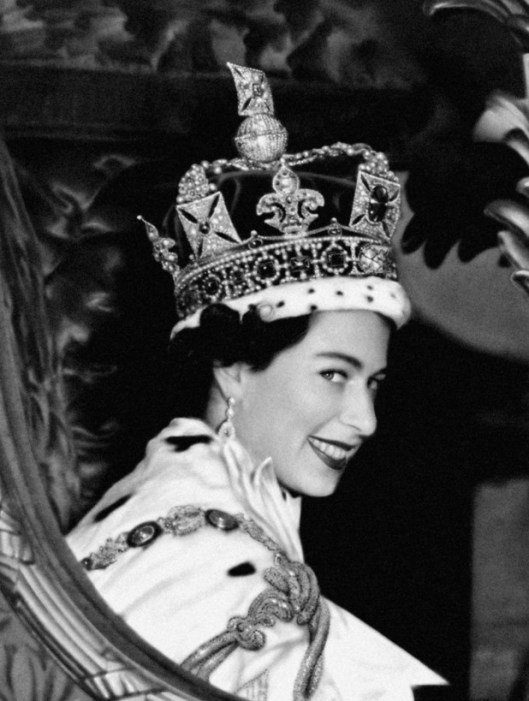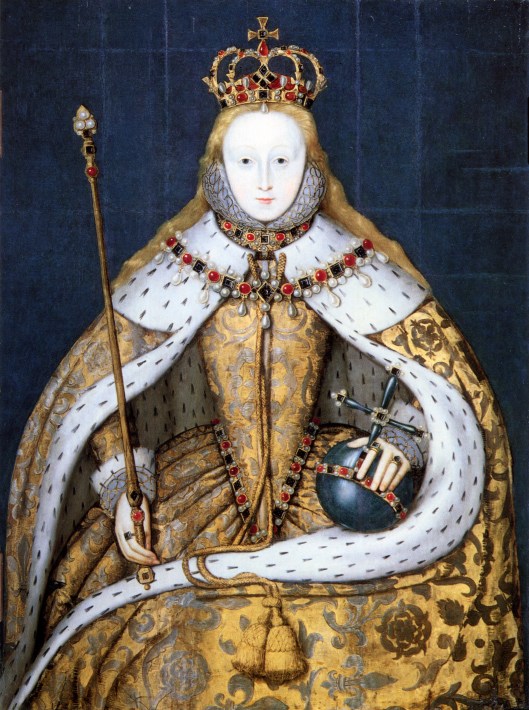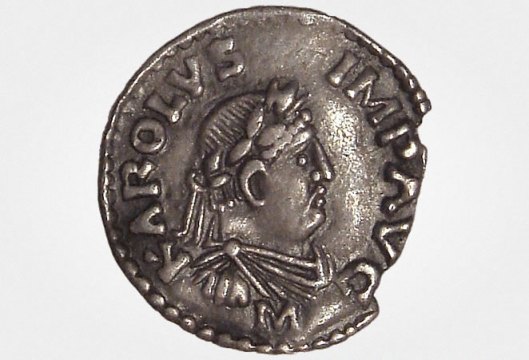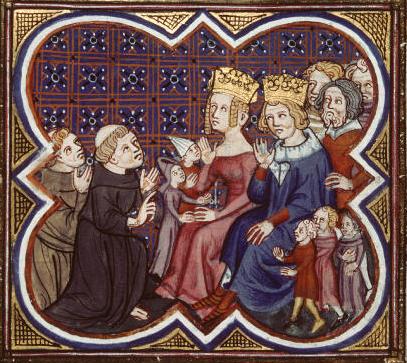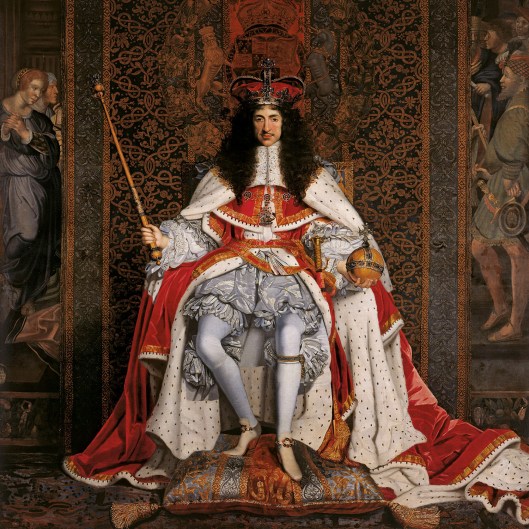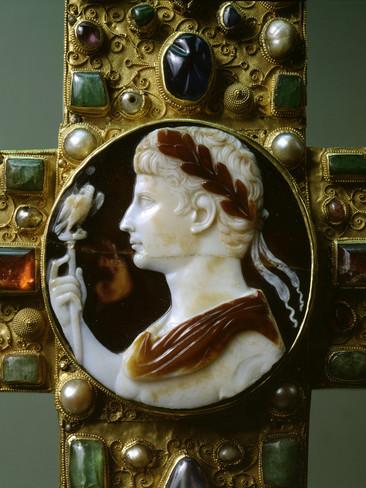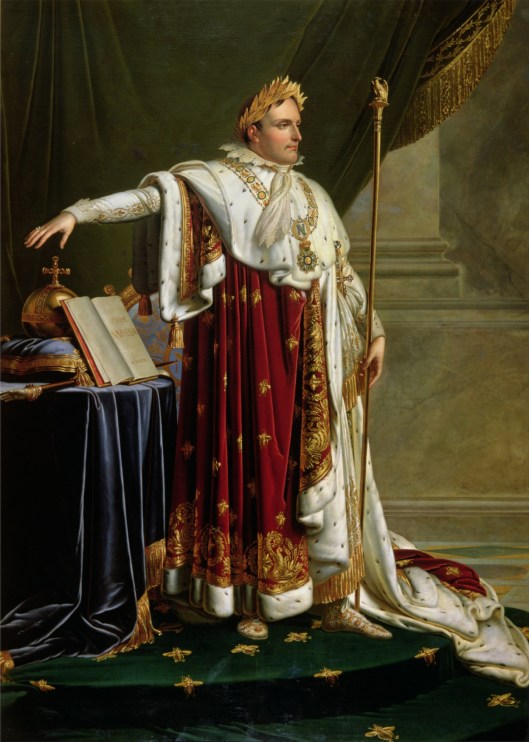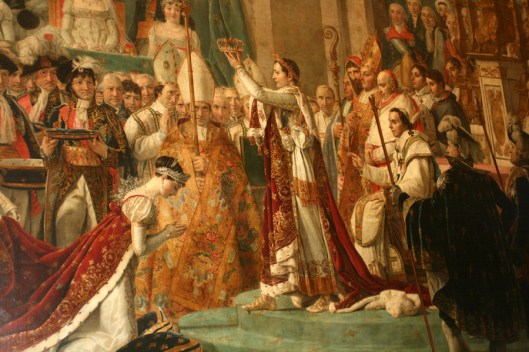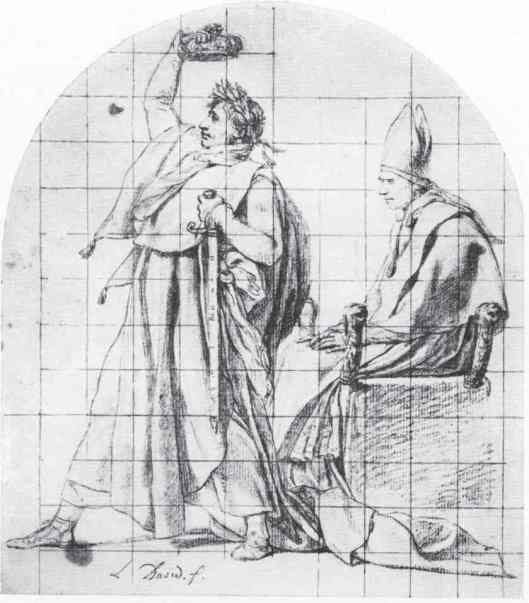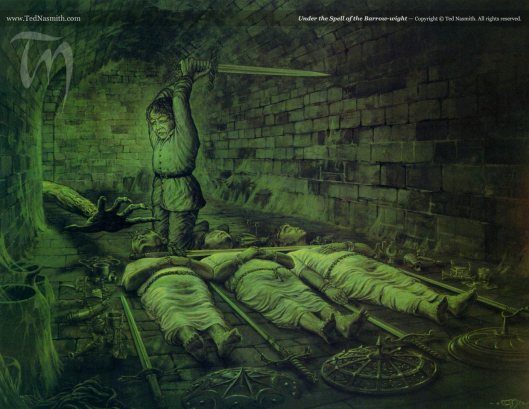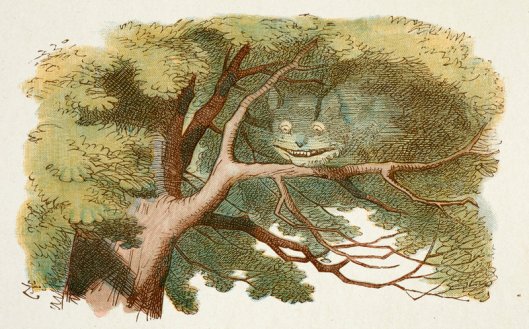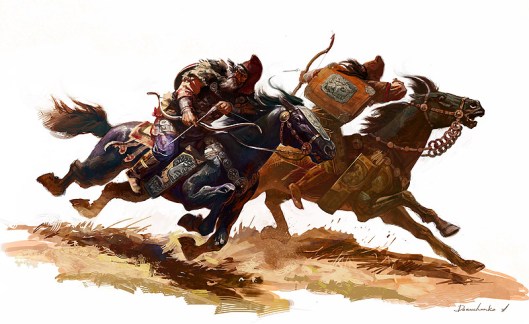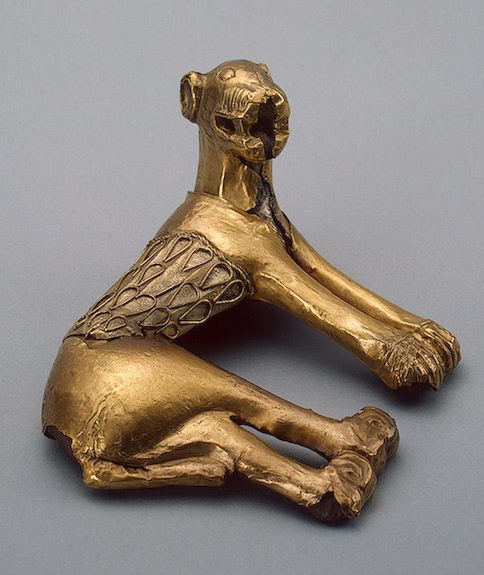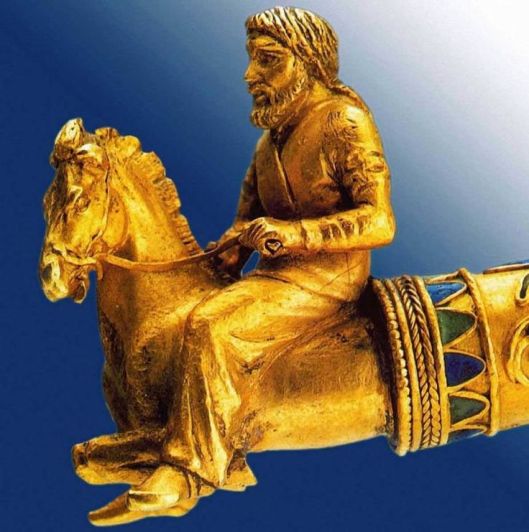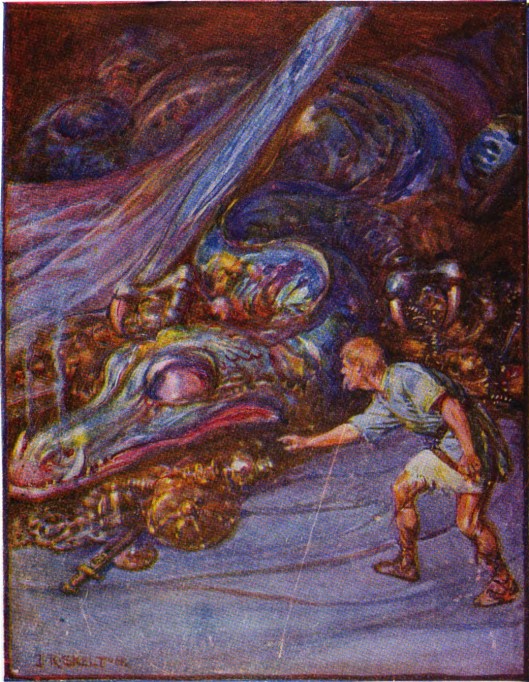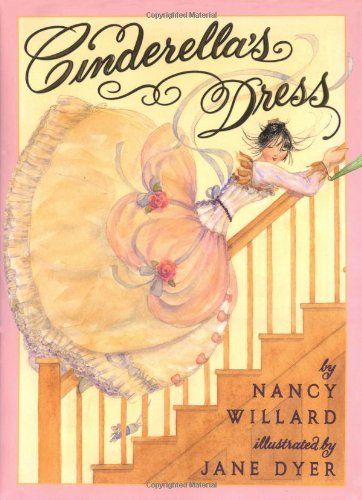Tags
Barrow-downs, Barrow-wights, Hamlet, humours, Melancholy, Old Man Willow, Ophelia, Othello, Robert Burton, The Lord of the Rings, The National Library of Scotland, Thomas D'Urfey, Timothy Bright, Tolkien, Tom Bombadil, William Shakespeare, Willow Tree
As always, dear readers, welcome.
In our last post, we had:
- begun with a willow tree

- moved to the English Renaissance association between willows and melancholy

- and, in particular, the play Hamlet (1599-1601), in which a disturbed girl, Ophelia, falls from a willow into a stream and drowns

- as well as Desdemona, in Shakespeare’s Othello (1604), who sings a song with “Willow” as a kind of lamenting chorus—just before she’s murdered by her jealous (and misled) husband.

Melancholy comes from an imbalance of the humors, so medieval and Renaissance people thought, from those substances which control the body and its moods.

Too much black bile and you might be plunged into a depression.

(Although his posture suggests that he’s grieving, this young man’s armor says that he’s involved in a medieval sport that certain Tudor noblemen still engaged in, jousting. Perhaps he just lost?)
As this was considered a serious problem, English Renaissance authors created texts which analyzed the condition, like Timothy Bright, a physician, who published his treatise in 1586,
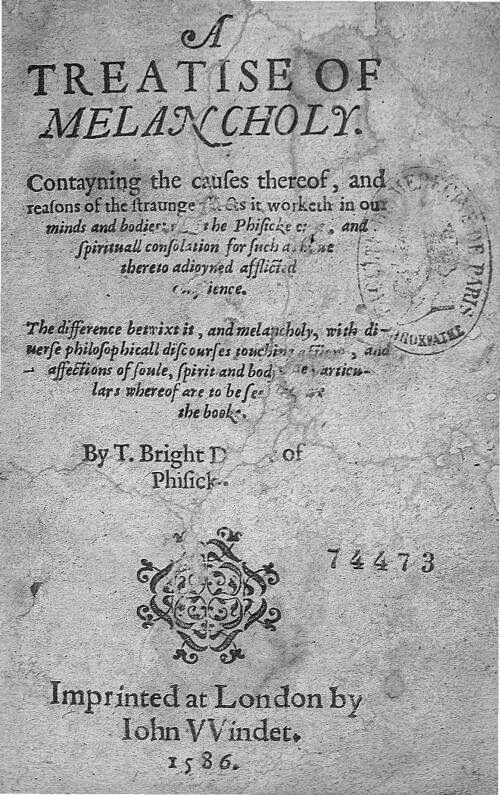
(if you’d like to see what was believed medically in 1586, here’s a LINK to the work.)
or Robert Burton, a philosopher, who published his in 1621.
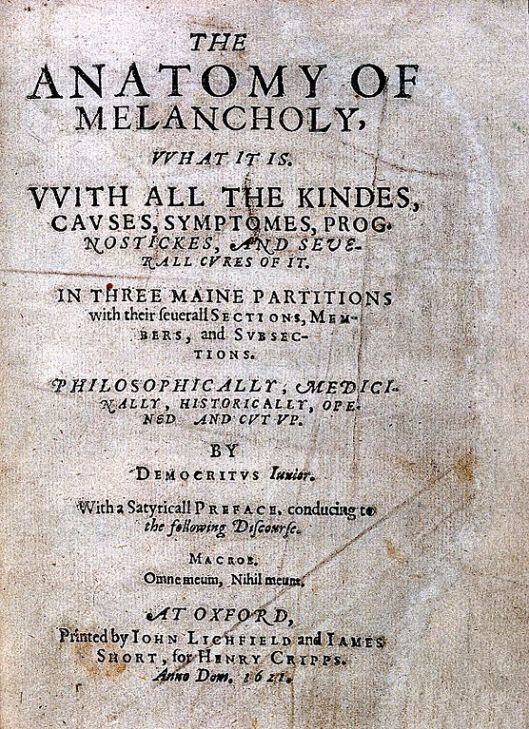
One way of dealing with that imbalance was by bleeding—the idea being that, since the humors influenced the blood, by opening up a blood vessel and letting some of the blood pour out it might act as a kind of safety valve.

Another treatment was playing or listening to music.

This therapeutic idea led to the title of one of the first great collections of Renaissance and post-Renaissance lyrics and tunes, Thomas D’Urfey’s, Wit and Mirthe, or Pills to Purge Melancholy (1698-1720).
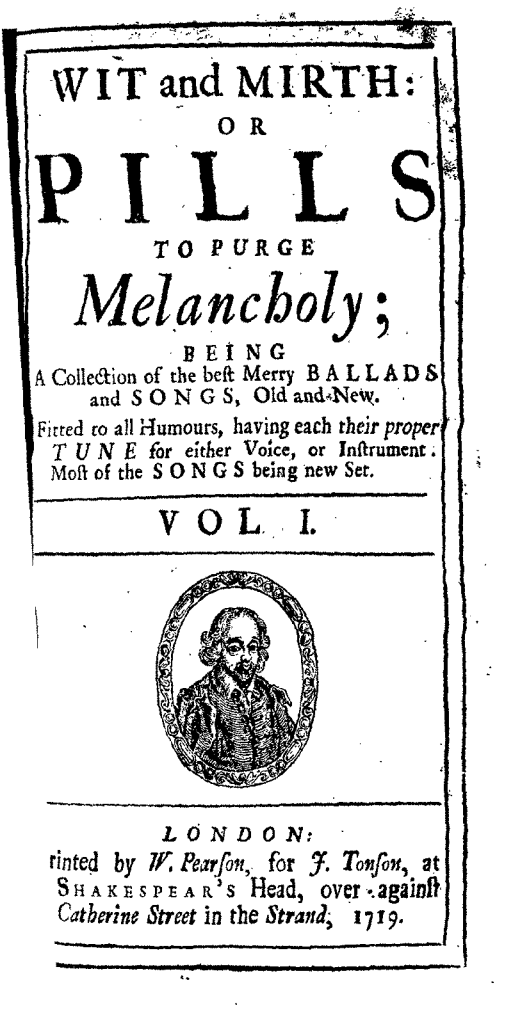
(The National Library of Scotland has a complete edition of all six volumes of this. Here’s a LINK, so that you can download them for yourself.)
Melancholy and willows became even more bound together in the early 19th century, when the tree, along with other images, such as urns, was used as a symbol of mourning on tombstones.

Willows, then, have moved from being associated with an Elizabethan ailment to an expression of grief at the death of a loved one, which could certainly bring on melancholy.

For us, willows have another association, however, but one which includes death–and the Elizabethan use of music as a cure. In The Lord of the Rings, when Frodo and his friends try to cut through the Old Forest to escape the pursuing Nazgul,

they are confused by the hostile wood and eventually brought to the bank of the Withywindle, where Old Man Willow

sings a spell:
“They shut their eyes, and then it seemed that they could almost hear words, cool words, saying something about water and sleep. They gave themselves up to the spell and fell fast asleep at the foot of the great grey willow.” (The Fellowship of the Ring, Book One, Chapter 6, “The Old Forest”)
This was more than just a sleepy-spell, however, as the tree attempts to drown Frodo, swallows Pippin, and half-swallows Merry (his upper half).
When Sam and Frodo (whom Sam has rescued) threaten the tree with fire, it threatens to kill Merry and Pippin and it looks like a standoff until Frodo simply runs off, shouting for help, and the very odd figure of Tom Bombadil appears.
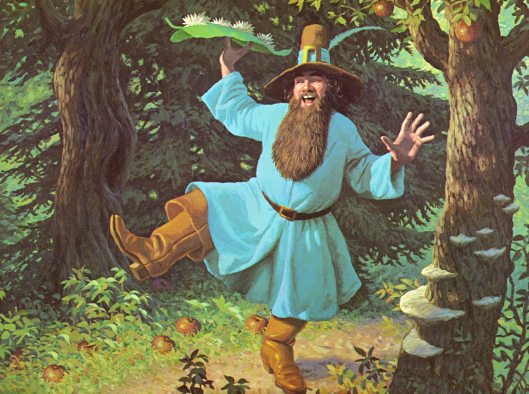
He has a very distinctive look—
“there appeared above the reeds an old battered hat with a tall crown and a long blue feather stuck to the band…there came into view a man…stumping along with great yellow boots…He had a blue coat and a long brown beard; his eyes were blue and bright, and his face was red as a ripe apple, but creased into a hundred wrinkles of laughter.”
As well, he has distinctive speech and this is where music as cure reappears. Commonly, Tom’s speech is either actual song or short declarative sentences, which fall into a metrical pattern reminiscent of song:
“What’s the matter here then? Do you know who I am? I’m Tom Bombadil. Tell me what’s your trouble!”
DUM-tee-DUM-tee-DUM-DUM. DUM-tee-DUM-tee-DUM-DUM. DUM-DUM-DUM-tee-DUM. DUM-tee-DUM-tee-DUM-DUM.
He shows no fear of the fearsome willow, breaking off one of its branches and smacking the tree with it while employing this characteristic chanting—
“You let them out again, Old Man Willow!…What be you a-thinking of? You should not be waking. Eat earth! Dig deep! Drink water! Go to sleep! Bombadil is talking!”
Who this figure is, is only ever explained in the vaguest way. His companion, Goldberry,

says of him simply, “Tom Bombadil is master.” (The Fellowship of the Ring, Book One, Chapter 7, “In the House of Tom Bombadil”) And, when he receives the Ring from Frodo, even when he puts it on, it has no effect upon him.
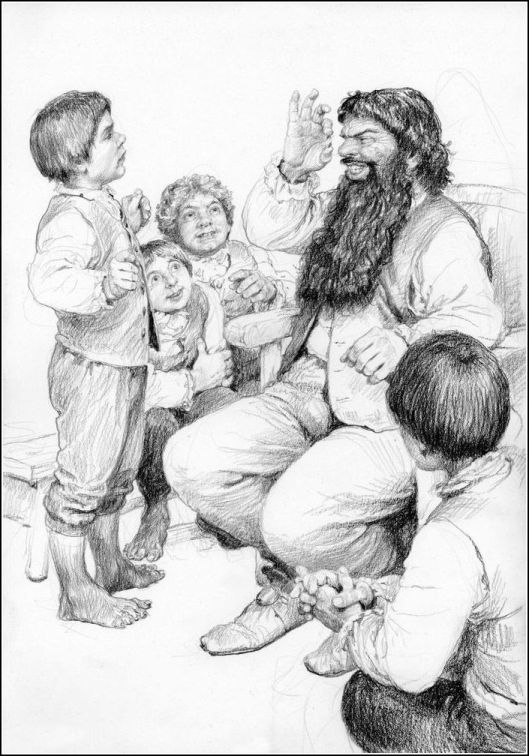
As a character in the book, he has proved awkward both for audio adapters and P Jackson and his writers, virtually all of whom have tended, over the years, simply to leave him out of their versions of the story. This leaves a gap, of course, especially when it comes to Tom’s second rescue of the hobbits, from a barrow-wight (illustration by one of our favorite Tolkien artists, Ted Nasmith),

not only because it’s a wonderfully spooky part of the story, but because Tom ransacks the barrow and gives the hobbits short swords “forged long years ago by Men of Westernesse: they were foes of the Dark Lord, but they were overcome by the evil king of Carn Dum in the Land of Angmar”” (The Fellowship of the Ring, Book One, Chapter 8, “Fog on the Barrow-Downs”). With one of these swords, because of where and when it’s from, Merry is able to wound the chief of the Nazgul who is, in fact, that evil king of Angmar mentioned by Tom Bombadil, allowing Eowyn to finish him off.
Tolkien himself was less than concrete in his explanation of Tom, writing to Naomi Mitchison in April, 1954:
“Tom Bombadil is not an important person—to the narrative. I suppose he has some importance as a ‘comment’. I mean, I do not really write like that: he is just an invention (who first appeared in the Oxford Magazine about 1933 [1934]), and represents something that I feel important, though I would not be prepared to analyze the feeling precisely.” (Letters, 178)
Considering our theme of melancholy and, later, death, associated with willows, as well as the Elizabethan idea that music might cure or at least ameliorate that melancholy, our feeling is that Tom, in the first book of The Lord of the Rings, is a counterbalance, with his singing and chanting, to all of the darkness we’re gradually being shown. As JRRT says in that same paragraph to Naomi Mitchison:
“I would not, however, have left him in, if he did not have some kind of function. I might put it this way. The story is cast in terms of a good side, and a bad side…”
Tom, then, in our view, is not only on the good side, but the antidote to the bad, twice, dealing not only with a living tree, but with a dead and murderous wight. In both cases, he uses song, making him rather like an Elizabethan cure for the melancholy associated with willows—and, in the 19th-century, willows associated with death–brought to life. It’s no wonder that, when Sauron is defeated and Middle-earth is beginning to heal, Gandalf tells the hobbits:
“…I am turning aside soon. I am going to have a long talk with Bombadil: such a talk as I have not had in all my time.” (The Return of the King, Book Six, Chapter 7, “Homeward Bound”)
For Gandalf, Tom is the humors back in balance.
As ever, thanks for reading and
MTCIDC
CD
ps
For another willow, you might try George Lucas’ fantasy film, Willow (1988). It has a complicated plot, all about an abducted infant who will fulfill a prophecy, a valiant dwarf, white and black magic, and a rather ragged warrior. Here’s the LINK for the first trailer (there’s a second, as well).
Although not quite, for us, of the same level as The Princess Bride, being perhaps more like Labyrinth or The Dark Crystal or Time Bandits, like all of those, it has its moments of fun.
